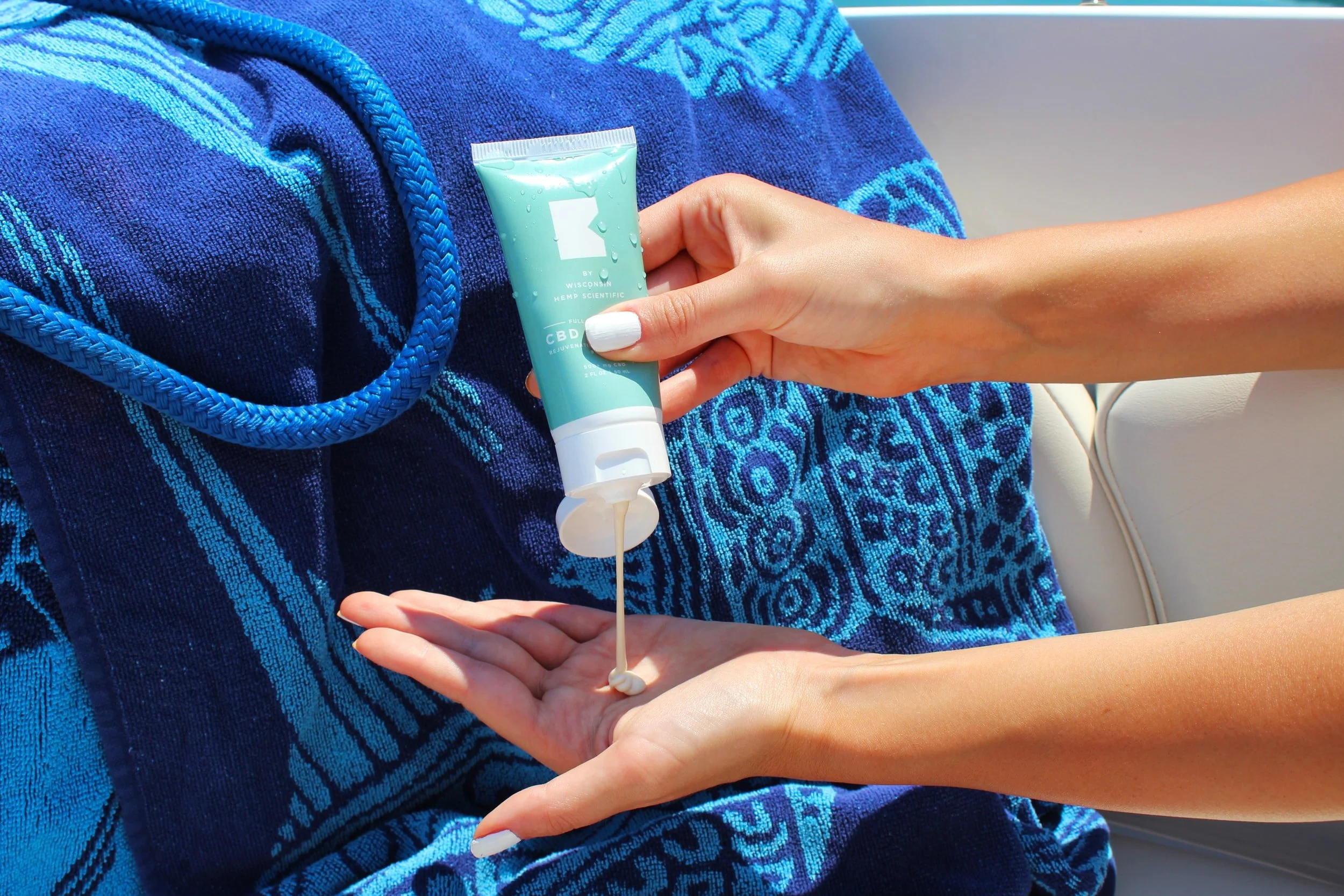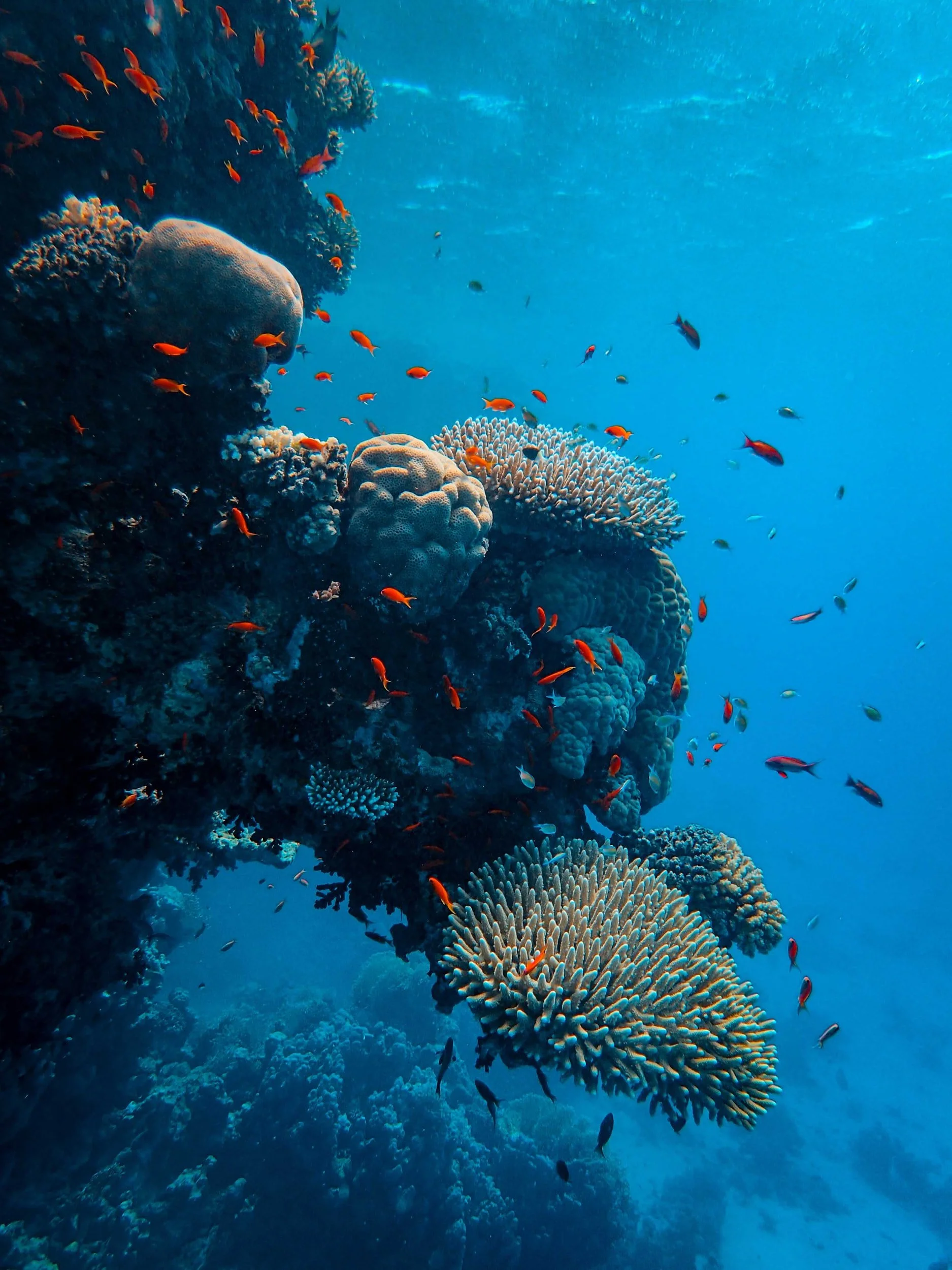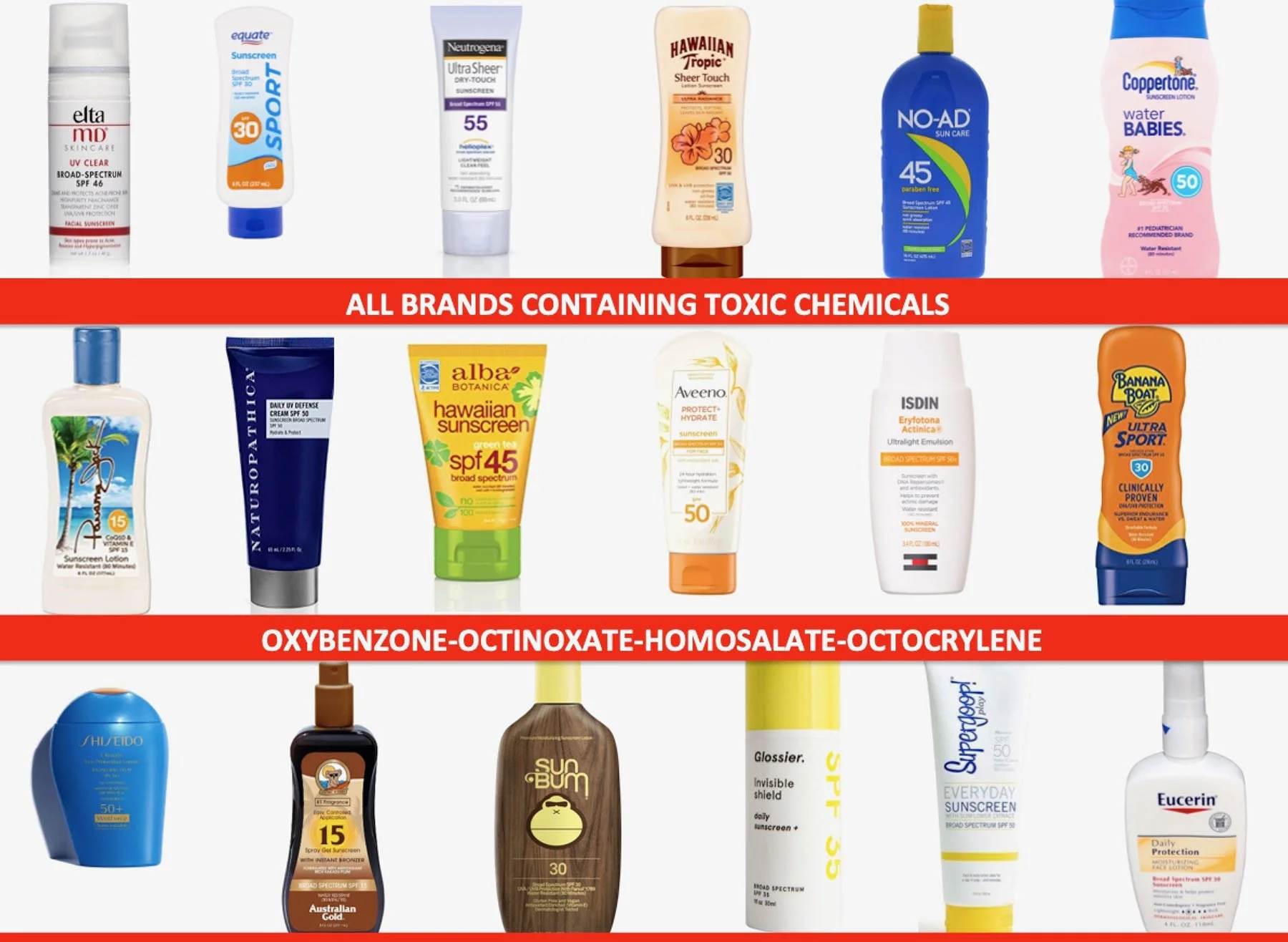A Guide to Sunscreen
One major way to prevent skin cancer is to use sunscreen, but there are many different things one has to keep in mind when choosing the right one. There are lots of terms floating around, like; UVA, UVB, broad spectrum, SPF, mineral, chemical, and zinc, which can be overwhelming. And all those ads for a million brands on your social media certainly don’t help. I’m here to point you in the right direction.
(And just a side note: I am not affiliated with any brands I recommend.)
Let’s start with the basics. We all know sunscreen protection is measured by SPF, but what does that really mean?
What does SPF mean?
The Sun Protection Factor (SPF) is a measure of how much solar energy (UV radiation) is required to produce sunburn on protected skin (in the presence of sunscreen), relative to the amount of solar energy required to produce sunburn on unprotected skin. As the SPF value increases, sunburn protection increases.
SPF is not directly related to time of solar exposure but to amount of solar exposure.
The following exposures may result in the same amount of solar energy:
one hour at 9:00 a.m.
15 minutes at 1:00 p.m.
Which type of sunscreen should I be using?
There are many active ingredients in sunscreens, but I recommend avoiding chemical sunscreens. The active ingredients in chemical sunscreens include Avobenzone, Octinoxate and Oxybenzone. Opting for a mineral sunscreen containing Zinc oxide (non-nano Zinc to be even more specific) and Titanium dioxide can be safer for all of us, especially for kids, babies and our oceans.
People often opt for the chemical sunscreens because they tend to be more water resistant, absorb quickly and don’t leave a white cast.
So why opt for mineral versus chemical?
Chemical sunscreens work by absorbing into your skin and then reflecting the UVA and UVB rays. But absorption of those chemicals can be harmful long term, and they are also damaging to the earth.
Oxybenzone — one of the most common active ingredients in chemical sunscreens — is a hormone disruptor, and it contributes to coral reef bleaching when it’s washed off in the ocean.
Mineral sunscreens most commonly use Zinc Oxide or Titanium Oxide as the active ingredient. Zinc Oxide is said to be better at blocking the UVA ( aging UV rays). Though Titanium Oxide is safer than the chemical sunscreens, it has not been proven to be as stable and safe as its Zinc counterpart.
Titanium dioxide is classified as a possible human carcinogen (cancer causing agent) by the International Agency for Research on Cancer, only due to the risks it poses through inhalation - breathing it in. For this reason, powdered or spray formulations are of concern. Chemical sunscreen, as well as, Zinc Oxide also carries inhalation concerns when used in spray and powder products. That is why we recommend using only cream, lotion or stick types of sunscreen. Avoid powders and sprays.
NON-NANO Zinc Oxide — Stay with me.
List of reef-safe sunscreen products.
Non-nano Zinc has become a popular buzz word amongst sunscreen shoppers, but what does it actually mean?
The term “non-nano” refers to nanometers. A non-nano particle is larger than 100 nanometers, and it turns out bigger is better. The bigger particles are less likely to be absorbed by our bodies and ingested by marine life. Making them safer. Win win.
Not all Zinc Oxide sunscreens are non-nano (the safe bigger particles) , but all non-nano zinc oxides are safe for the whole family :)
The term non-nano is not exclusive to Zinc Oxides. There are also non-nano Titanium Oxide products as well that offer the same benefits when in cream or lotion form.
Be careful when reading labels and marketing
List of non-reef-safe sunscreen products.
Unfortunately, some brands may try to get our business through carefully marketed designs and labeling. When you’re shopping for sunscreen, keep in mind to:
Beware of brands claiming to be “organic sunscreen” for they may still contain chemical ingredients like harmful “benzenes” like Avobenzone and Oxybenzone
Remember many sunscreen companies label their products as “reef-safe” simply because they don’t contain 2 specific petrochemical ingredients (Oxybenzone and/or Octinoxate). These 2 are already banned by a growing list of government jurisdictions, such as in Hawaii and Key West. Just because the product lacks these two particularly harmful chemicals, they can still contain several other petrochemical ingredients that make them completely UNSAFE for us and reefs. Find the full list here or click the button below.
If there are no mineral or ideally non-nano Zinc Oxide sunscreens available to you, then please use what is available. Not using sun protection is far more dangerous. But next time you shop for your sunscreen, check the ingredients and decide for yourself. Try to avoid those chemicals that you know are damaging to the environment and may have potential health risks. Look for recyclable or sustainable packaging. Avoid aerosol or spray sunscreen due to the risk of inhalation.
I try to follow these rules best I can. But if my preferred product isn't available, I use the knowledge I gained after researching and make the best choice at that moment. I’m pretty bummed to find out that some of my previous favorites don’t make the cut, but happy to try out new ones that will be safer for me and my friends in the sea.
Okay, now I know what sunscreen to buy ( non Nano Zinc oxide). But how do I put it on?
Ideally, we want to apply it 15 minutes before sun exposure to bare skin.
Most adults need about 1 ounce — or enough to fill a shot glass — to fully cover their body.
Make sure to rub the sunscreen thoroughly into your skin.
Reapply every 2 hours or after swimming or excessive sweating.
Some of Jackson’s Sunscreen top picks:
For those die hard GOOP fans:
Great brands with options for the whole family:
Available at Target:
Have some safe fun in the sun this spring and summer. And as always,
Be well.
—Dr.D
References:
https://www.chemicalsafetyfacts.org/titanium-dioxide/#safety-information
https://www.fda.gov/about-fda/center-drug-evaluation-and-research-cder/sun-protection-factor-spf
https://gowaxhead.com/blogs/the-thrive-lab/zinc-oxide-vs-titanium-dioxide
https://savethereef.org/about-reef-save-sunscreen.html







